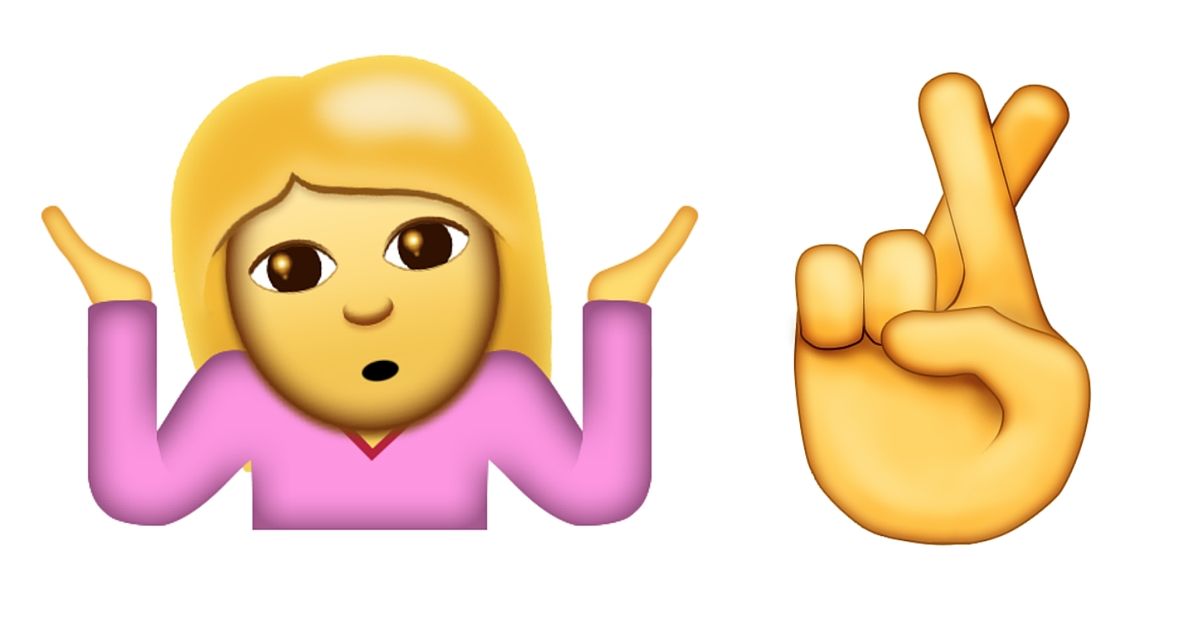Trump signed the guest book, “It is a great honour to be here with all my friends. So amazing and will NEVER FORGET!”
The short message touting “all my friends” with the unlikely upbeat “amazing” adjective angered some, with it being described as adolescent or thoughtless.
Media outlets contrasted it with a variety of more eloquent notes written by US government officials who visited in the past.
When you write a thing like that in a place like that, it’s permanent. But so, too, for those of us whose jobs haven’t put us in the White House!
If you write as a habit without thought or intention, it can become a liability. You don’t want to communicate unconsciously. But that is precisely what many of us do.
Let’s explore two sides of the coin:
1: Uber-informal – I made up that term, but you know what I mean.
A new business contact sent me an email on Wednesday. It has one, two, three, four smiley face emojis and one thumbs-up emoji. (And yes, I had to look it up, the preferred English plural for emoji is emojis.)
I use emojis too. Generally, however, I reserve them for casual emails to friends or social media posts.
For business writing, while I always aim for a friendly and warm tone in my word choice, I probably wouldn’t pop in an emoji unless I know the client very well and believe they are the emoji type.
To be fair to the person who sent me that emoji-filled email, we had met briefly face-to-face at an event I spoke at recently and since I have an amiable, energetic style of delivery, he must have presumed – correctly – that I would welcome them.
Decide what works for you. For instance, I can’t bring myself to use “LOL”, but I unapologetically roll out an exclamation mark when I want to add enthusiasm to the written word. Compare, “It was great to meet you yesterday.” with “It was great to meet you yesterday!”
Sometimes, I even go for more than one. But never five out of respect to author Terry Pratchett who wrote that five exclamation marks is the “sure sign of an insane mind”.
Our written style of business communication is changing. Don’t be a dinosaur and dismiss new forms of expression as a “fad” – like an older member of the Sunday’s Marian Finucane Show panel I sat on did as we discussed social media. The influence is real. If you want to be relevant, consider social media writing style tools.
2: Uber-formal – The other side of the business-writing coin is devoid of emotion.
One of my clients, preparing to establish a new company-wide email protocol, sent me a sample email to review. Without revealing who it’s from, here’s my review. “Dear all, IT will be changing our printer in the morning to badge print setup. Instructions are below on how to use the badge printing. ‘Bob Smith’ will also be around in the morning to answer any queries. I have also left some leaflets on the stationery press for your reference. Best regards,”
At face value this is fine. It’s a straight-forward “informative” business email. It delivers information. Nothing else.
But, if you consider the themes we have been exploring in my column for the past several weeks – employee engagement, leadership warmth, kindness, and building a sense of one-team, there are a variety of things that could be applied here.
1 Salutation/Greeting: A desire to establish a protocol around emails may include a single, directed salutation. “Dear all” for every e-mail is fine. Realise however, that over time, no one sees this anymore. The reader’s eyes simply move directly to the next sentence. Consider an agreed upon range of salutations, or deliberately allow salutations to be customised for the reader.
2 Body: This is very straightforward, as I mentioned. I wonder if the body would change once the audience’s reaction is considered. Does everyone understand what is happening with the printers? Do they know this change is coming? Will anyone possibly be confused by this? What will happen next when someone reads this? If there are concerns that could be perceived before writing, then referring to concerns in the body would demonstrate care.
3 Sign Off: Same as with the salutation. The way a written correspondence is signed off can become so rote as to have people not even see it. Even within protocol, here’s another opportunity to connect in a thoughtful variety: “Have a great rest of your day”, “Kindly”, “Cheers”, etc.
4 Bonus: What if you make “new email protocol” a campaign? Have people submit their top three “Greetings and Sign-offs for internal and external emails. Announce all the entries. Then announce and reward winners. Introduce some fun and engagement.
You can align your written communications to reflect your professional corporate brand. Becoming a more deliberate communicator means learning to tailor your communications style to the appropriate audience and platform.
From presentations, to one-on-one scenarios, from spoken to written if you have a question about communications that you would like me to deal with in my column in the Sunday Independent please send me an email at gina@fuzion.ie .
Gina London is a former CNN anchor and international campaign strategist who is now a Strategic Communications director with Fuzion Communications. She serves as media commentator, emcee and corporate consultant. @TheGinaLondon









